atonement throught Transforming America's Prisons
That is the title of my 2013 thesis project. I looked at the state of incarceration in the US and California specifically, which still has the largest prison population in the country. To me, Ralph Ellison's Invisible Man was symbolic of this lost generation: the man the world cannot see or refuses to see. Invisible for too long, adapting prison structures became a way to make the invisible man re-visible. To do that, we as a society needs to acknowledge our past wrongs of incarcerating and hiding away this missing generation of minority men.
San Quentin served as the case study and was the centerpiece of an examination in race, population, and education in the Bay Area. In the end, San Quentin is transformed into a community college and design center, specifically aimed at giving back to youth populations that were targeted by the prison industrial complex.
For more reading, I suggest Michelle Alexander's The New Jim Crow: Mass Incarceration in the Age of Colorblindness

Area demographics

Site plan
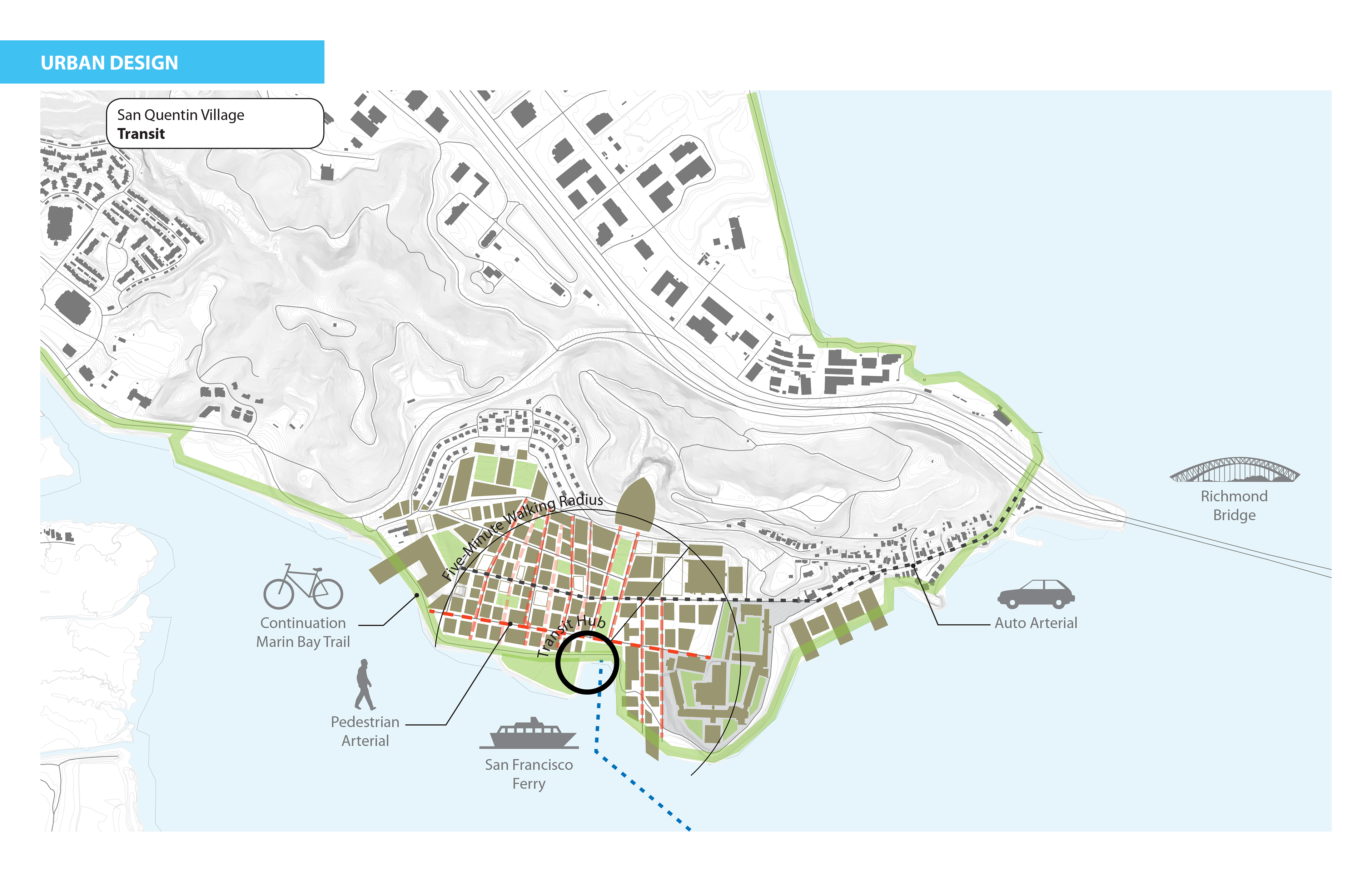
Site plan
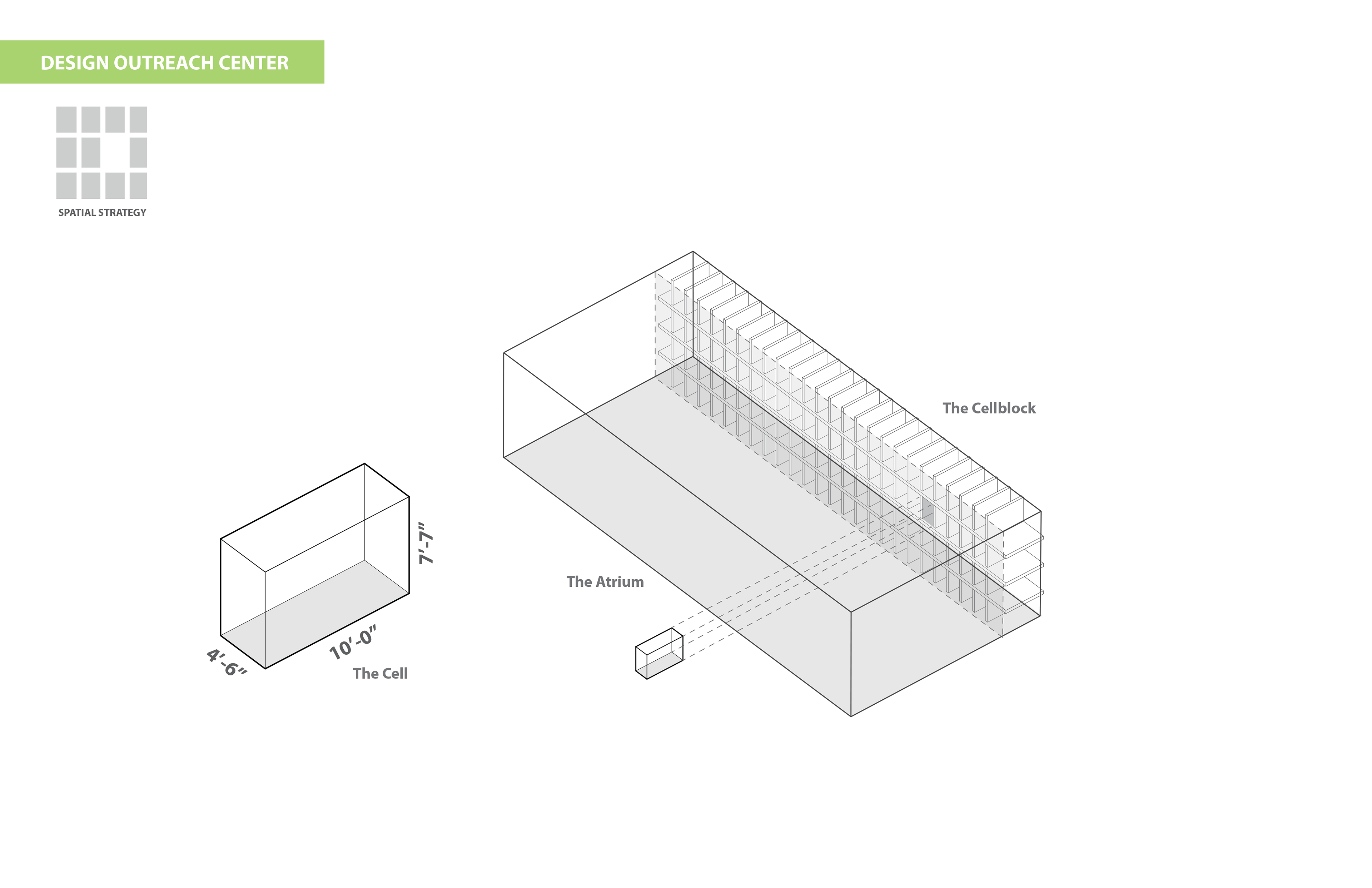
Basic cell grid

Reinforcing the grd

New grid
Breaking down the cell block grid of the prison was symbolic as well as strategic. It was important to keep parts of the prison structure apparent. I argued that without this visibility, we would forget our past transgressions. Instead, we needed to own them and remember: atone. I was very influenced by a trip to Berlin and how the city has so many remembrances of the Holocaust. From fragments to monuments, it is not a past that anyone living in Berlin would soon forget.
Large Block: Lectures, events, lunch

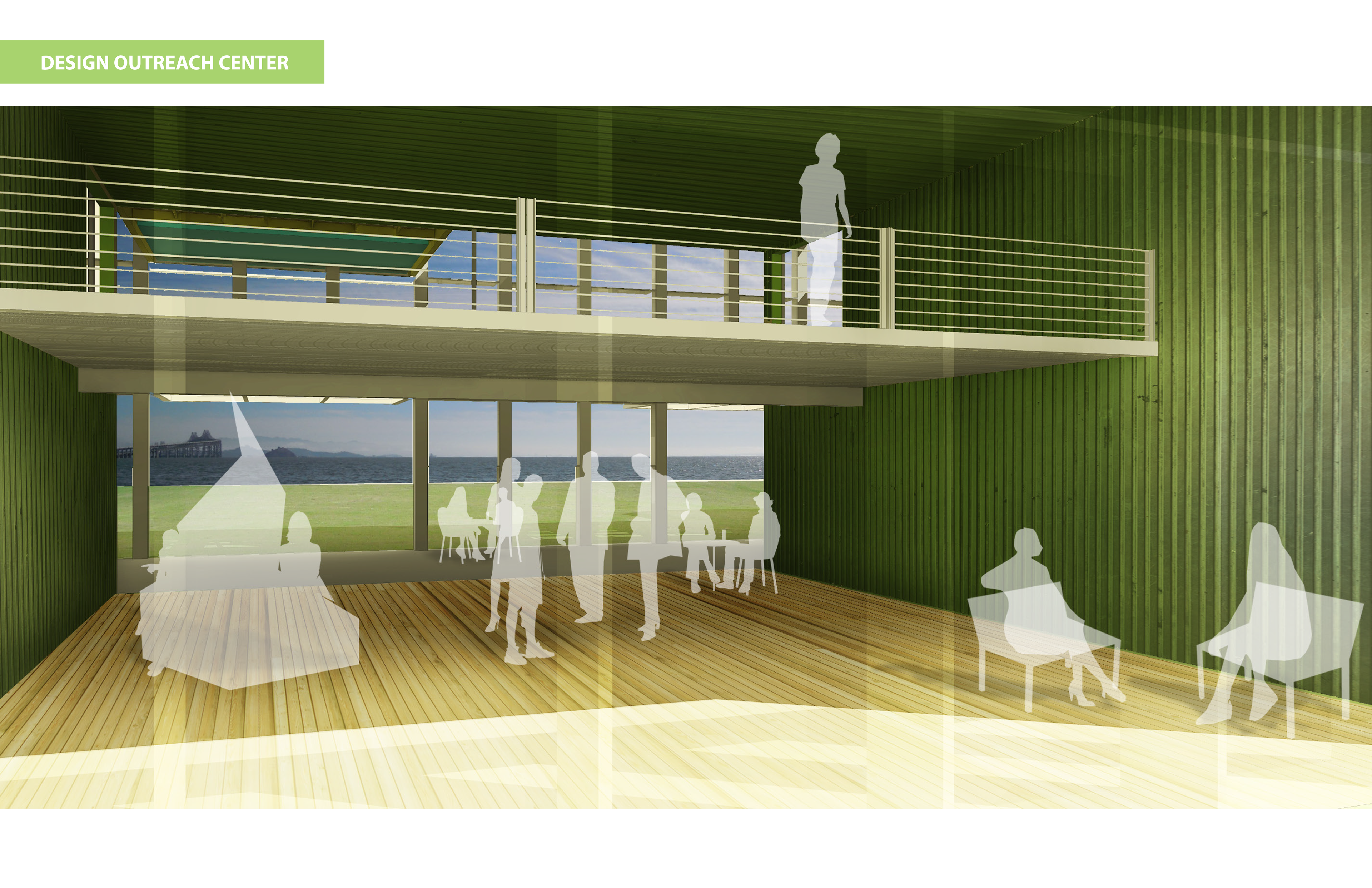
Medium Blocks: Seminars, project presentations, small events
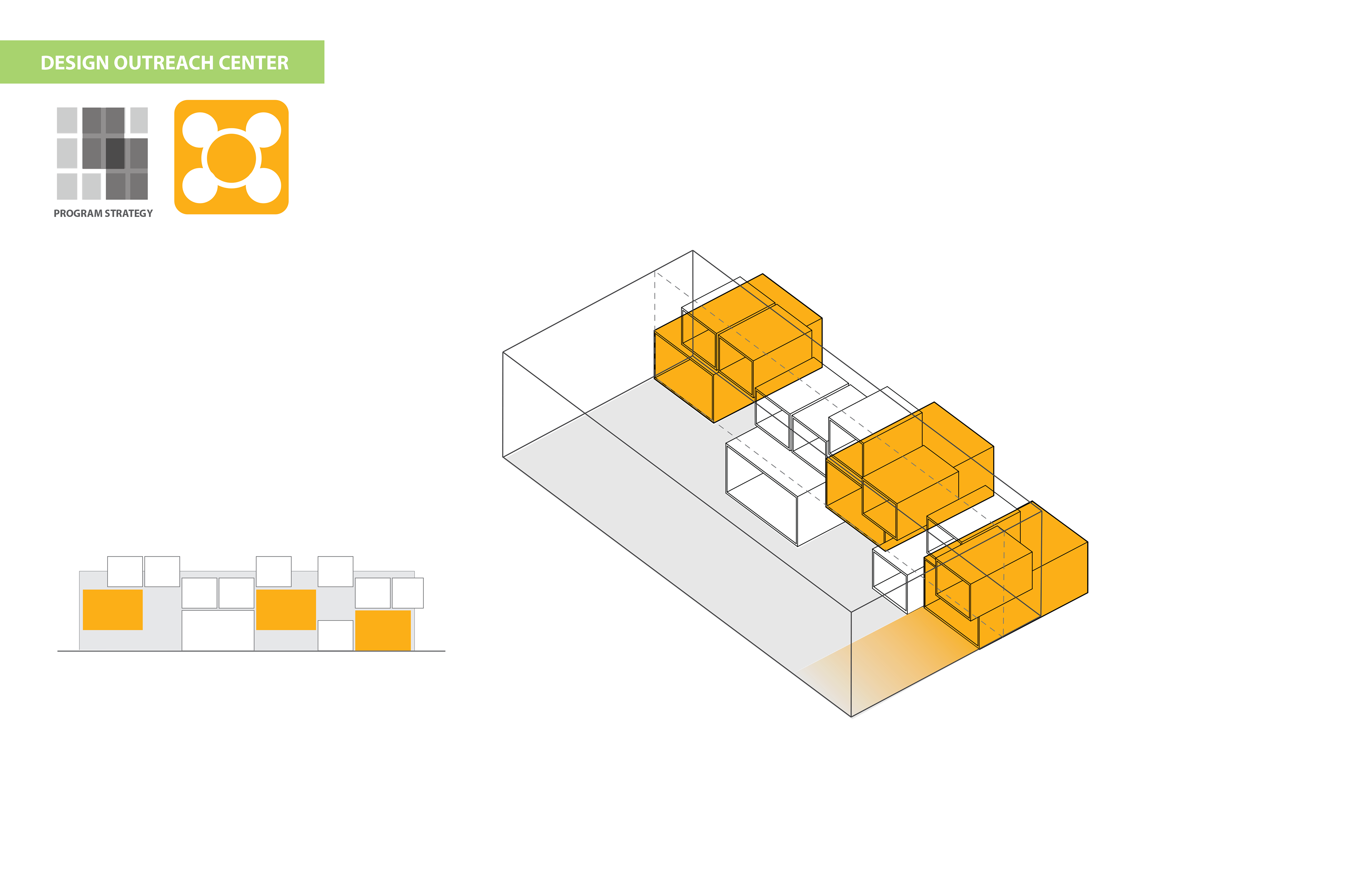
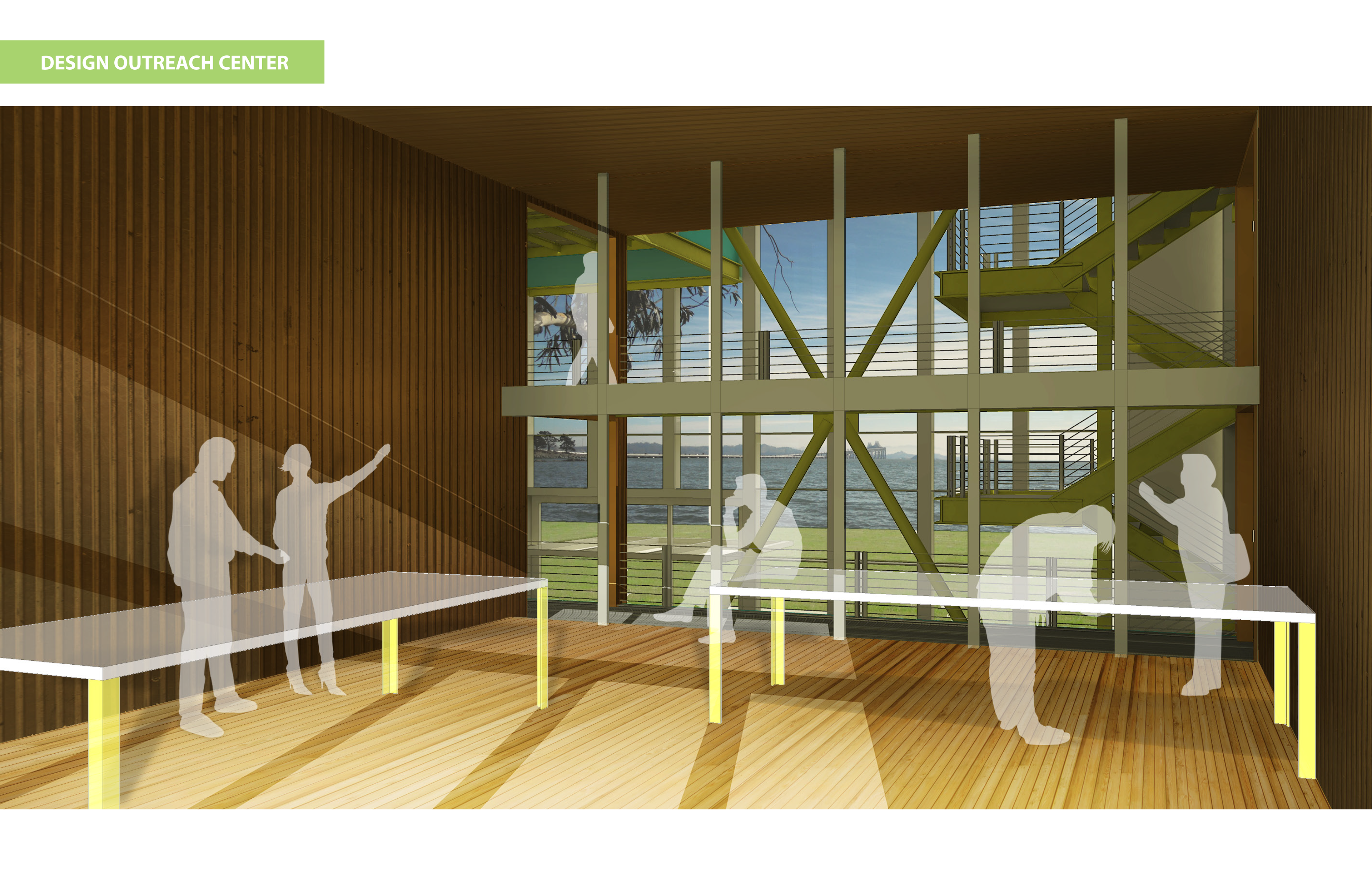
Small Blocks: workrooms, small group projects, studios


Update
It is now 2021 and I was revisiting my past work. Looking back now, after the last year of lockdown and protests, I am proud that this was my thesis project. I still think it's something that needs to be done. Only now, I would go further. I would delve deeper into community planning, bringing in more waterfront and high-end housing that is specifically aimed at BIPOC communities. Integrate it with working class, artist class, and families. These are just some thoughts that I had.
In the end, this was an architecture thesis and I thought it best to design a building. I still like how it came out, but I wonder how much more it could have been by really planning the building to integrate with it's adjacent community. Either way, you could find my embarrassingly-written thesis in the library at the University of Washington.
Atrium and public open space/gallery
Abstract
The prison system in the United States is a disgrace, adversely affecting disadvantaged or minority populations as a continuing form of oppression. It has reached such a scale that over two million people are currently in prison, with black or Latino people making up over 60 percent. The out-of-control mass incarceration movement since 1980 has left a substantial mark on the landscape through an explosion of prison construction. However, as of 2009 that trend is reversing and the prison population is shrinking. As we, as a nation, move away from incarceration, how do we address these expansive prison buildings and campuses in a way that can better contribute to our society? Instead of ignoring or demolishing prisons, we can transform them, giving them new meaning while remembering those that the prison system harmed. In this way, prisons become symbols of atonement, an exercise that America has rarely practiced but needs to be incorporated into our traditions and memory.
